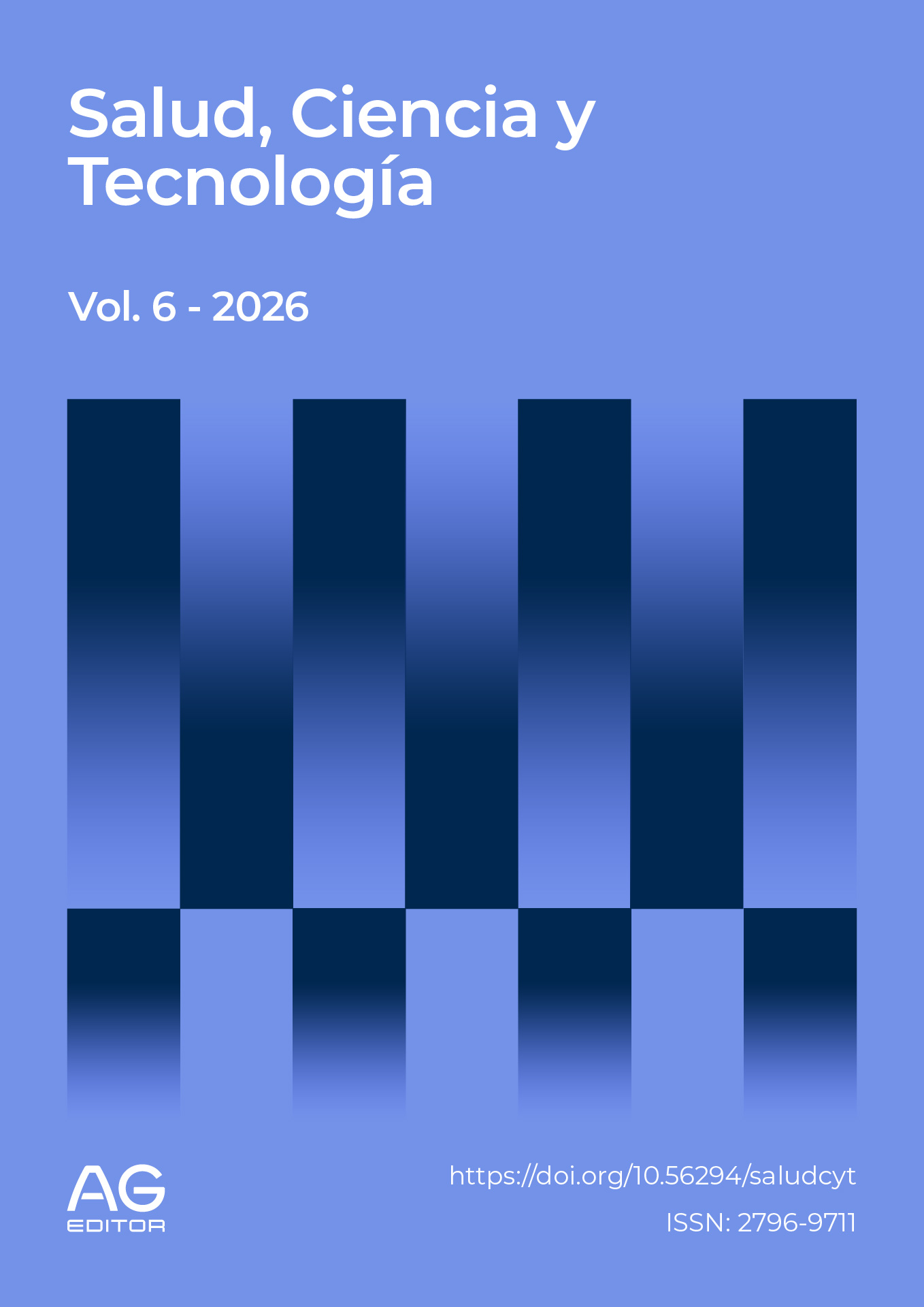Harmonic control in a photovoltaic microgrid and prediction using Monte Carlo simulation
DOI:
https://doi.org/10.56294/saludcyt20262484Keywords:
Fuzzy logic, harmonic, Prediction, photovoltaic systemAbstract
Introduction: Photovoltaic systems are a key alternative for electricity generation, although they present harmonic distortion due to inverters. However, this study presents alternatives to avoid continuity problems in the grid.
Objective: For this reason, this study analyzes harmonic mitigation in a microgrid modeled in real time at Redes y Telecomunicaciones Cotopaxi to ensure the stability, efficiency, and longevity of the equipment connected to the grid.
Method: Evaluating three control strategies: conventional MPPT, MPPT with passive filter, and a fuzzy controller, using data measured in real time over a period of seven days.
This study was based on seven scientific articles, three websites, and regulations related to the topic.
Results: The results show that the fuzzy controller is the best option, reducing THDv to 4.09% and THDi to 4.41% with a stability time of 0.028 s, remaining within the limits established by the IEEE 519 standard and being a more economical alternative. while passive filters reduced THDv from 13.19% to 0.69% and THDi from 22.81% to 0.03%. However, this option involves a higher economic cost.
Conclusions: Finally, the Monte Carlo method allowed the THD to be predicted with results similar to the FLC, validating its effectiveness under variable conditions and confirming its stability and efficiency.
Downloads
Published
Issue
Section
License
Copyright (c) 2026 Andres S. Mullo S., Dario Quilumba-Tasinchana , Roberto Salazar-Achig , Diego L. Jiménez J. (Author)

This work is licensed under a Creative Commons Attribution 4.0 International License.
The article is distributed under the Creative Commons Attribution 4.0 License. Unless otherwise stated, associated published material is distributed under the same licence.



